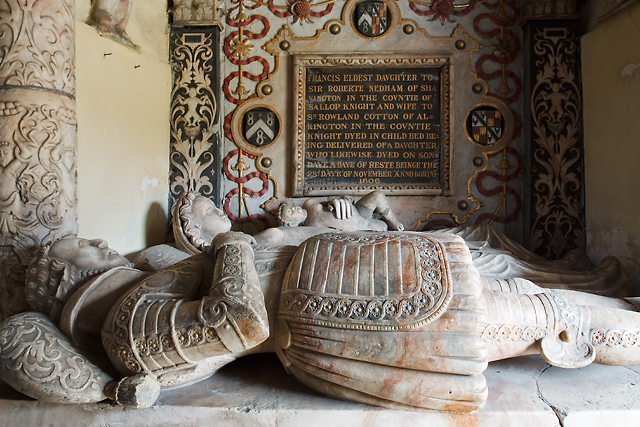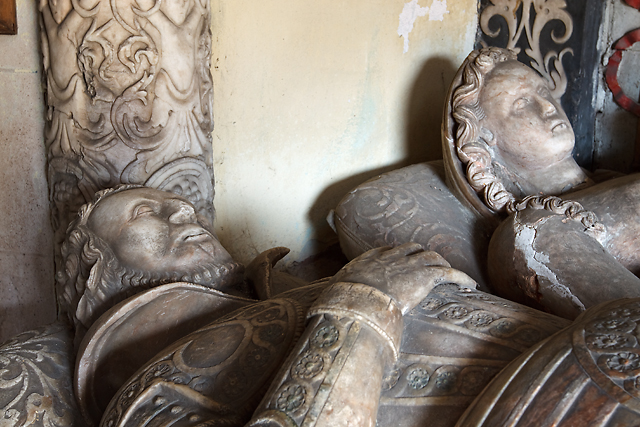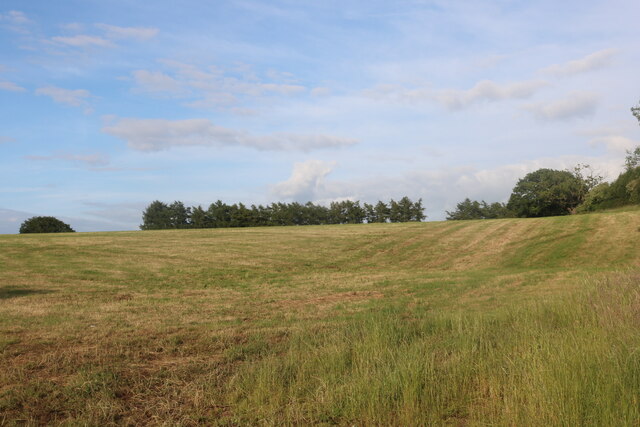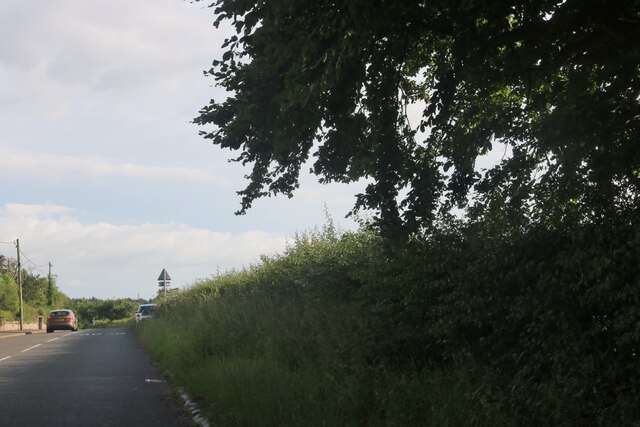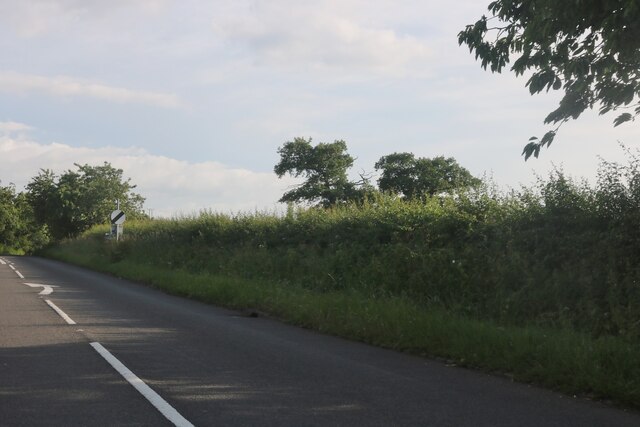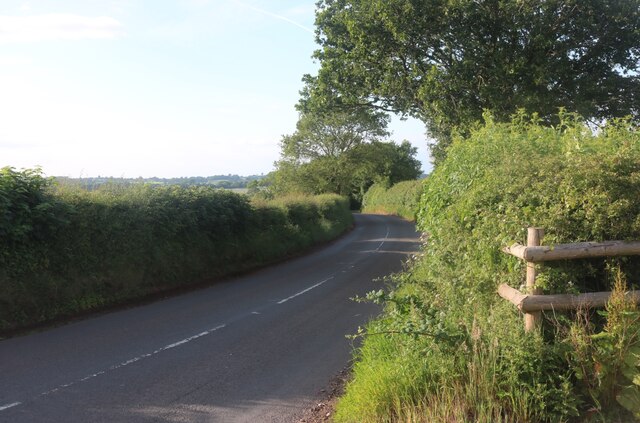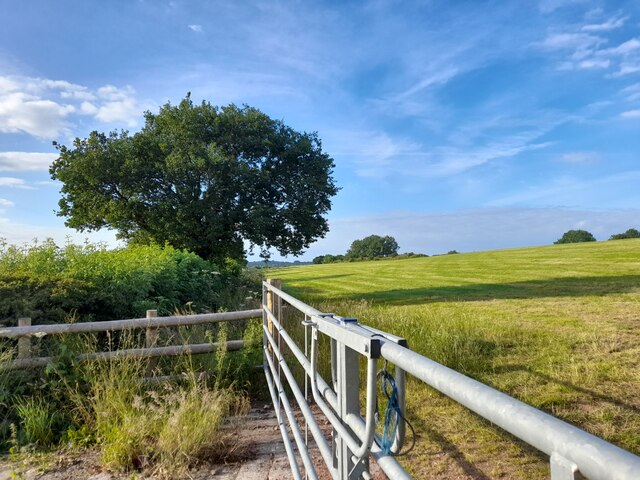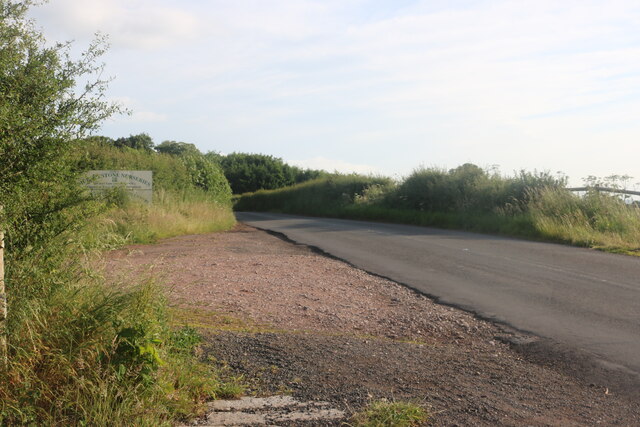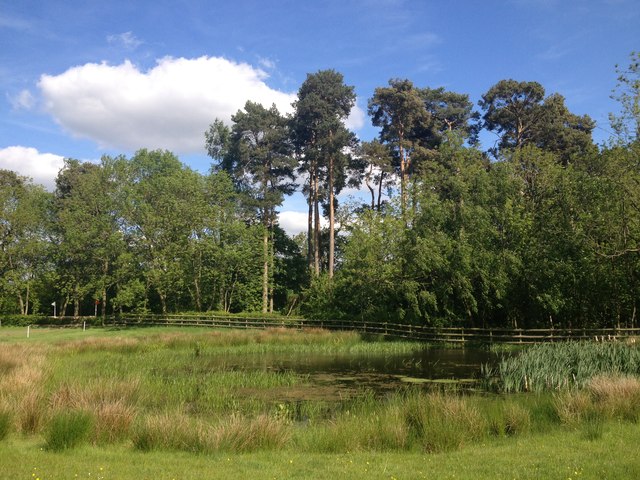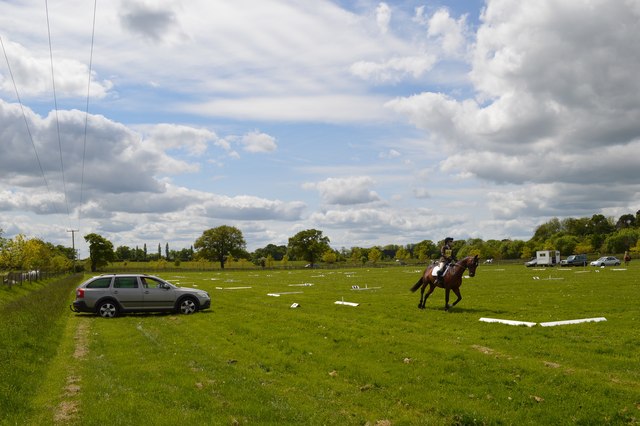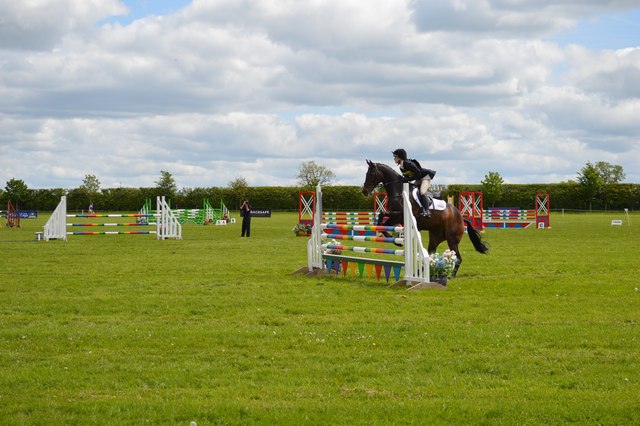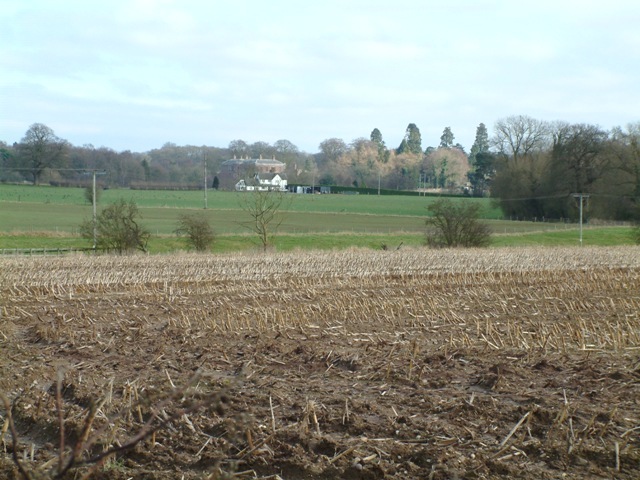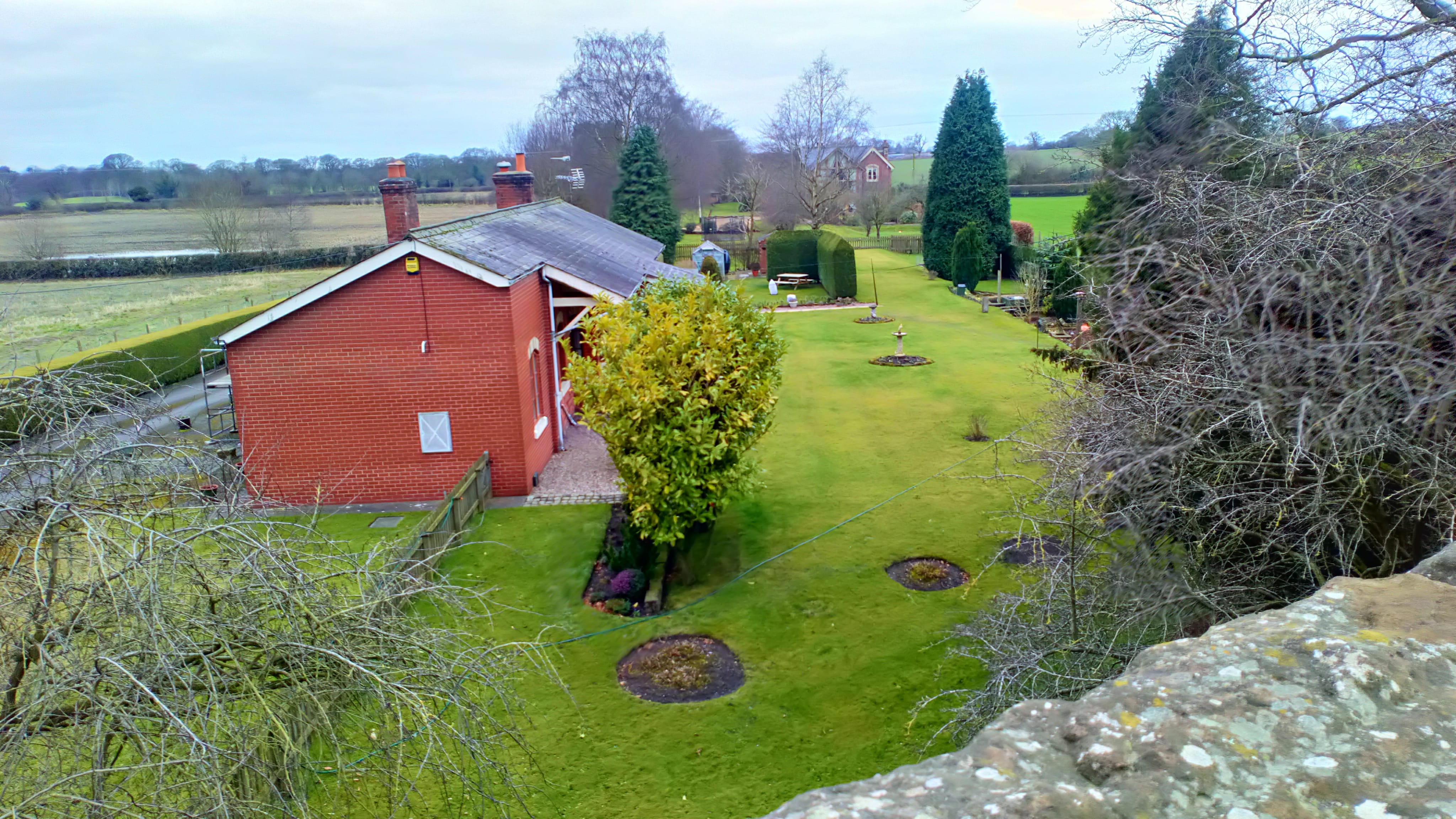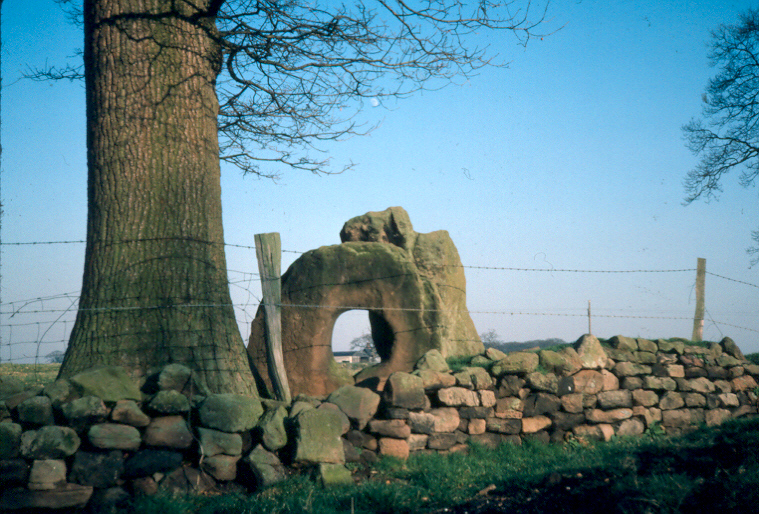Halfmoon Clump
Wood, Forest in Staffordshire Newcastle-under-Lyme
England
Halfmoon Clump
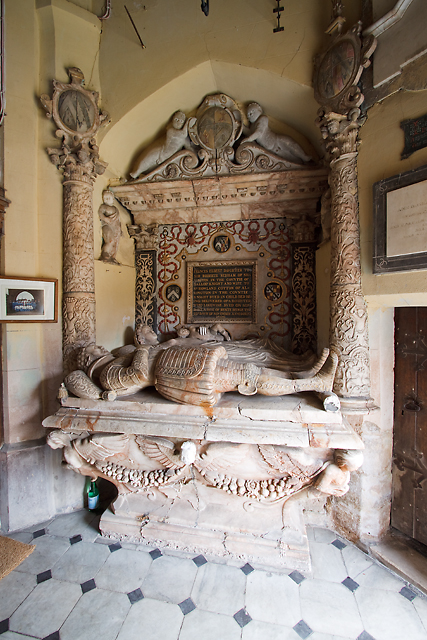
Halfmoon Clump is a picturesque woodland located in the county of Staffordshire, England. Situated in the heart of the Staffordshire Moorlands, it covers an area of approximately 100 acres and is known for its beauty and tranquility. The woodland is part of the larger Staffordshire Moorlands forest, which stretches over several thousand acres.
The dominant tree species found in Halfmoon Clump is the beech, creating a dense canopy that provides shade and shelter for various wildlife. The forest floor is covered with a thick carpet of moss and ferns, adding to the enchanting atmosphere. Walking through the woodland, visitors can enjoy the peacefulness and serenity that the natural surroundings offer.
Halfmoon Clump is a popular destination for nature enthusiasts, hikers, and photographers. It offers a network of well-maintained trails that wind through the woods, providing opportunities for leisurely walks and exploration. Along these trails, visitors may come across a variety of wildlife, including squirrels, deer, and a wide range of bird species.
The woodland is also home to several designated picnic spots, where visitors can sit and enjoy the beautiful surroundings while having a meal or a snack. In addition, there are a few benches strategically placed throughout the forest, providing resting spots for tired walkers or those who simply want to take in the scenery.
Overall, Halfmoon Clump in Staffordshire is a serene and picturesque woodland, offering visitors a chance to escape the hustle and bustle of everyday life and immerse themselves in the beauty of nature.
If you have any feedback on the listing, please let us know in the comments section below.
Halfmoon Clump Images
Images are sourced within 2km of 52.935459/-2.4376171 or Grid Reference SJ7037. Thanks to Geograph Open Source API. All images are credited.

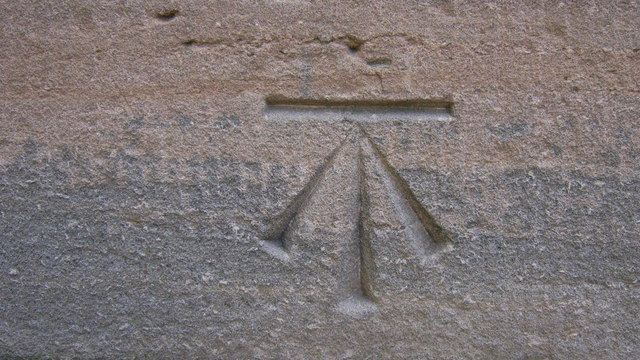
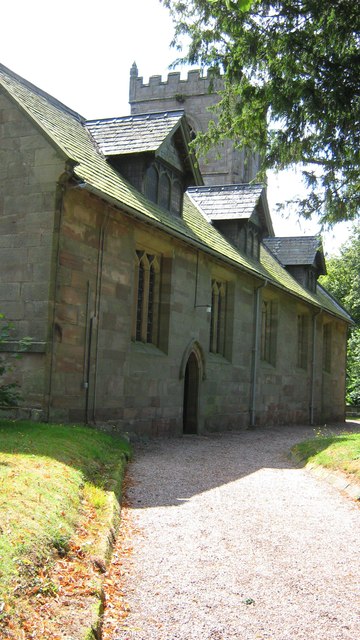
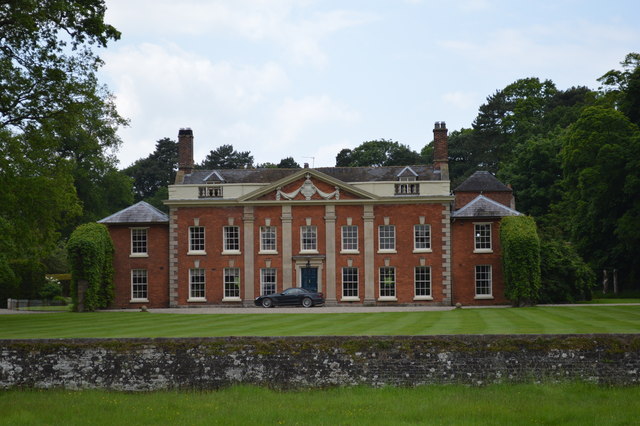
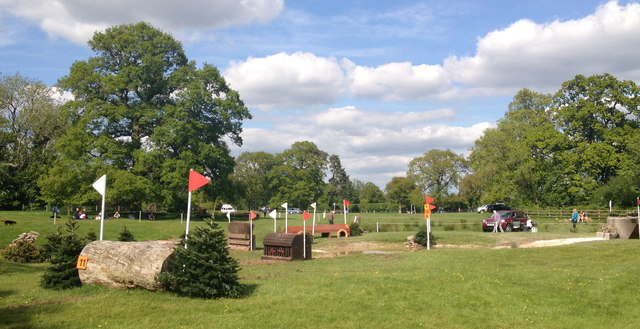
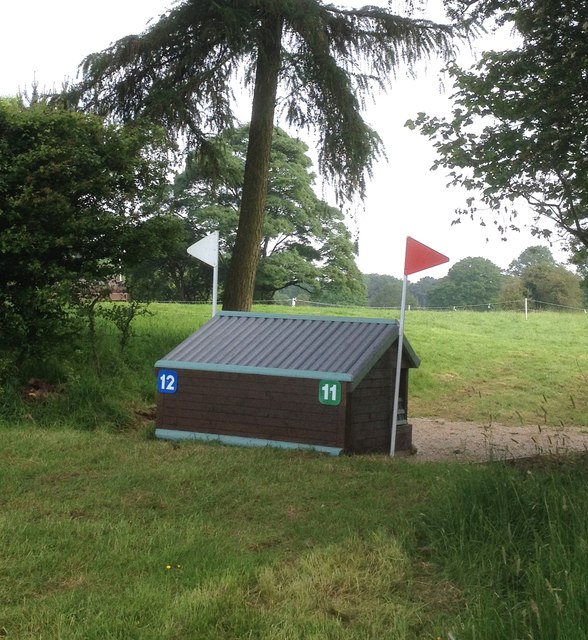
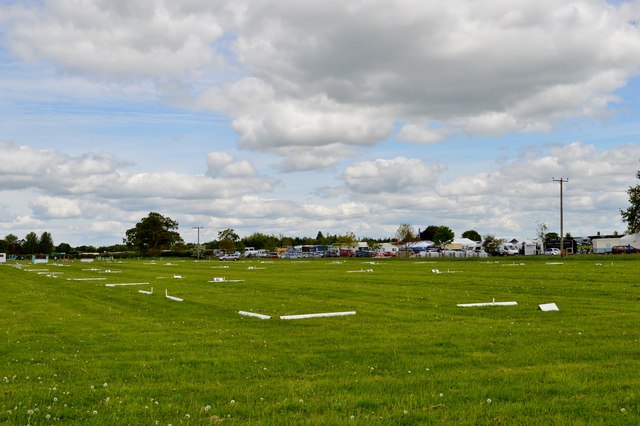
Halfmoon Clump is located at Grid Ref: SJ7037 (Lat: 52.935459, Lng: -2.4376171)
Administrative County: Staffordshire
District: Newcastle-under-Lyme
Police Authority: Staffordshire
What 3 Words
///salsa.forwarded.drain. Near Market Drayton, Shropshire
Related Wikis
Oakley Hall, Staffordshire
Oakley Hall is an early 18th century 14,929 sf mansion house at Mucklestone, Staffordshire near to the Shropshire town of Market Drayton. It is a Grade...
Norton in Hales
Norton in Hales is a village and parish in Shropshire, England. It lies on the A53 between the town of Market Drayton and Woore, Shropshire's most northeasterly...
Norton-in-Hales railway station
Norton-in-Hales railway station was a station on the North Staffordshire Railway between Stoke-on-Trent and Market Drayton. The station was opened in 1870...
Oakley, Staffordshire
Oakley is a hamlet in Staffordshire, England. It is within Mucklestone ward of Loggerheads Parish. Oakley Hall, a former seat of the Chetwode family, is...
Mucklestone
Mucklestone is a village and former civil parish, now in the parish of Loggerheads, in the Newcastle-under-Lyme district, in the county of Staffordshire...
Betton, Shropshire
Betton is a hamlet in the civil parish of Norton in Hales, in the Shropshire district, in the county of Shropshire, England.
Bearstone
Bearstone is a hamlet in Shropshire, England. For population details as taken at the 2011 census see Woore (Shropshire).
Audley's Cross
Audley's Cross is a cross sited in Blore Heath, Staffordshire to mark the spot on which James Touchet, Lord Audley was killed at the battle of Blore Heath...
Have you been to Halfmoon Clump?
Leave your review of Halfmoon Clump below (or comments, questions and feedback).
